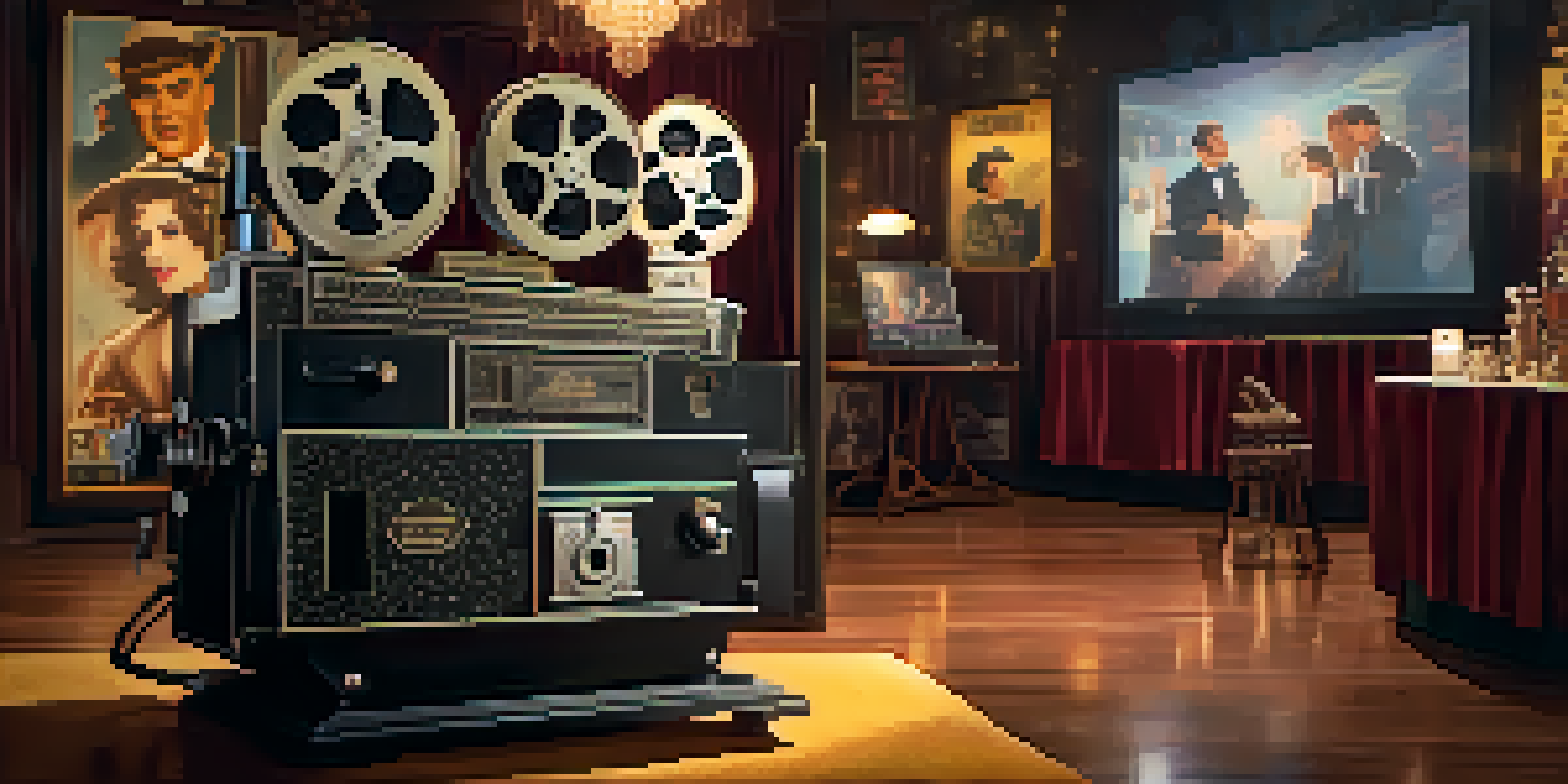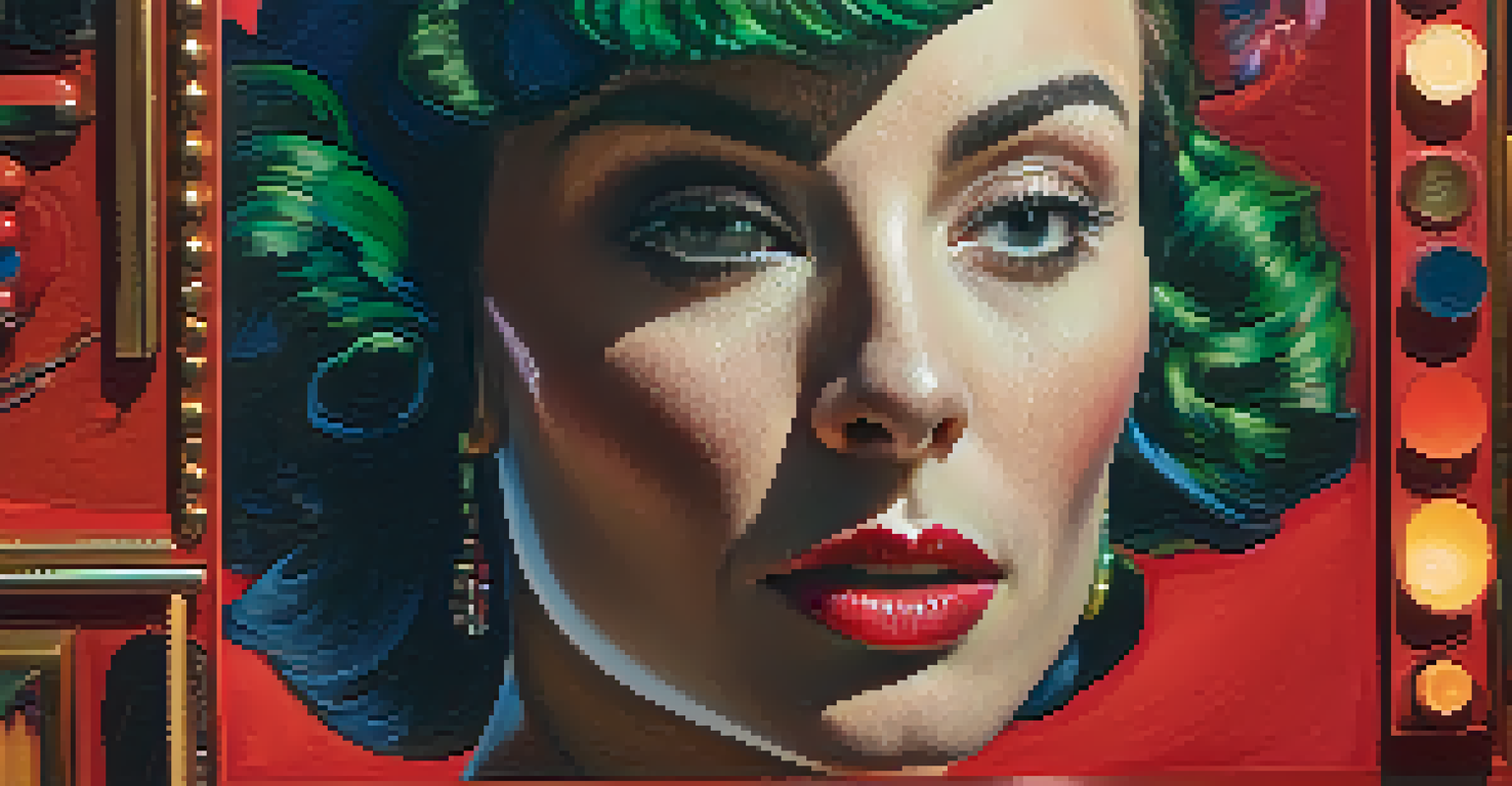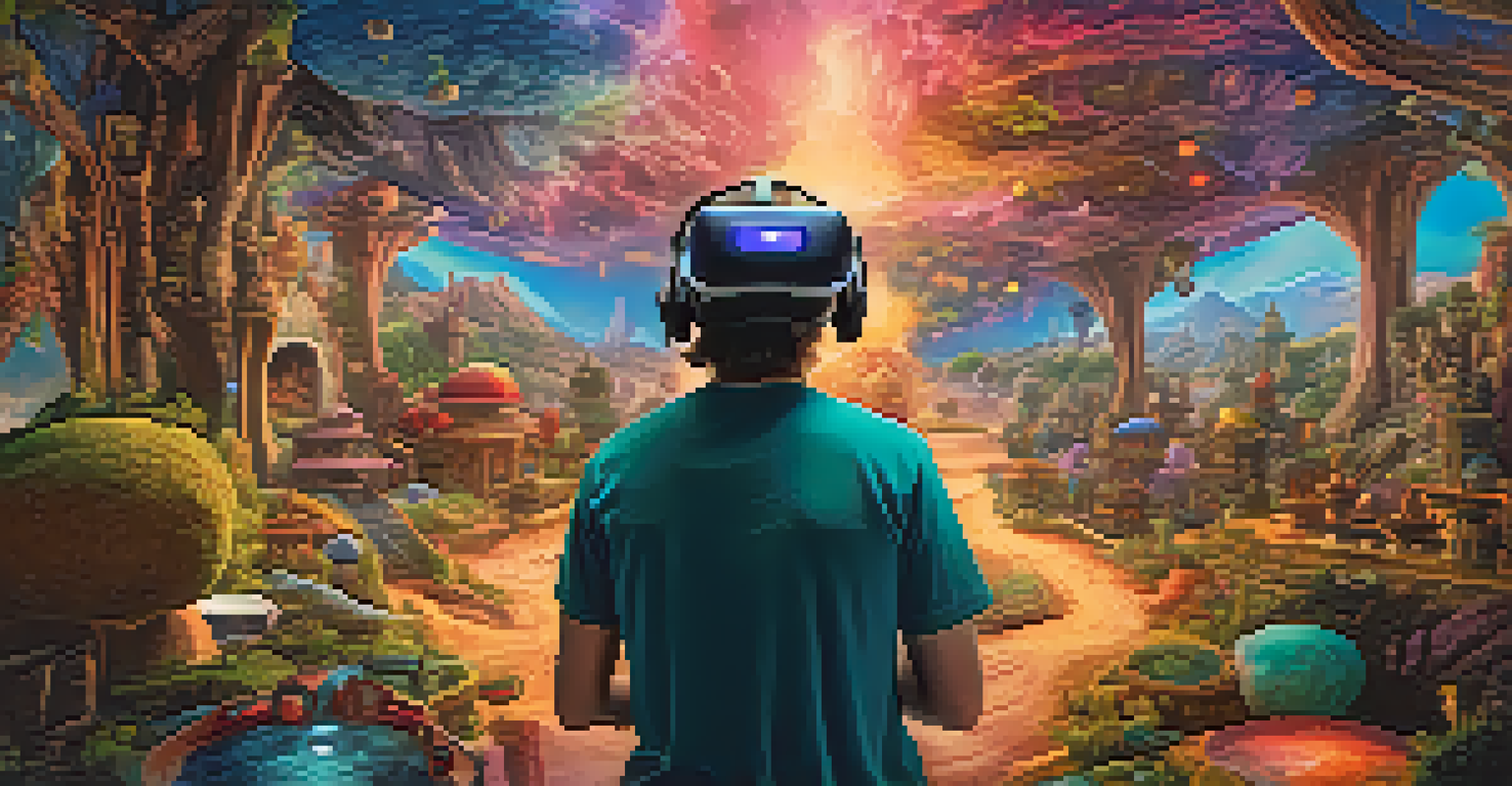Cinematic Techniques: Innovations That Changed Film Forever

The Birth of Sound: A New Era in Storytelling
The introduction of synchronized sound in the late 1920s marked a pivotal shift in film history. With movies like 'The Jazz Singer' leading the charge, audiences were captivated by dialogue and music that enhanced emotional storytelling. This innovation not only changed how stories were told but also expanded the range of genres, paving the way for musicals and talkies.
The essence of cinema is editing. It's the ability to take pieces of time and connect them together to tell a story.
Before sound, films relied heavily on visual cues and title cards, leaving much to the imagination. The addition of audio brought characters to life in a way that silent films simply couldn't achieve. Imagine watching your favorite film without the actor's voice or the stirring soundtrack; it would feel incomplete.
As sound technology improved, filmmakers began to explore new creative avenues. Directors experimented with sound design, layering ambient sounds and dialogue to create immersive experiences. This evolution in sound continues to influence filmmaking today, reminding us that innovation often begins with a simple idea.
Color Film: Painting with Light and Emotion
The transition from black-and-white to color film in the 1930s opened a vibrant new chapter in cinema. Early experiments like 'The Wizard of Oz' showcased how color could evoke emotions, symbolize themes, and enhance storytelling. Viewers were no longer just watching a story; they were experiencing it in a whole new dimension.

Color not only altered the aesthetic of films but also allowed directors to convey deeper meanings. For instance, the use of red often symbolizes passion or danger, while blue can evoke calmness or sadness. By manipulating color palettes, filmmakers can guide audience emotions more effectively than ever before.
Sound Revolutionizes Storytelling
The introduction of synchronized sound in films transformed storytelling by enhancing emotional depth and creating immersive experiences.
As technology progressed, so did the techniques for capturing color on film. Innovations like Technicolor and later digital color grading provided filmmakers with tools to create breathtaking visuals. The rich tapestry of color we see in today's films owes much to these early pioneers who dared to think outside the monochrome box.
Editing: The Invisible Art That Shapes Cinema
Editing is often described as the invisible art of filmmaking, yet its impact is profound. Early filmmakers like D.W. Griffith recognized the power of cutting to create rhythm and enhance storytelling. By juxtaposing different scenes, editors can build tension, highlight emotional beats, and control the pacing of a film.
The real secret of film is that it’s not about what you see; it’s about what you hear.
One of the most significant innovations in editing was the development of continuity editing. This technique ensures that the narrative flows smoothly, allowing viewers to immerse themselves in the story without distraction. Imagine watching a film where the scenes jump erratically; it would be jarring and confusing, undermining the storytelling effort.
As technology advanced, so did editing techniques. The rise of digital editing software has given filmmakers unprecedented control over their work. Today, editors can experiment with non-linear storytelling and visual effects, pushing the boundaries of traditional narrative forms and creating truly unique cinematic experiences.
Cinematography: Crafting Visual Poetry
Cinematography is the art of capturing images on film, and it plays a crucial role in storytelling. The introduction of the handheld camera in the late 20th century allowed filmmakers to create a more intimate and dynamic viewing experience. This new perspective made audiences feel like active participants in the story rather than mere observers.
Innovations in lighting techniques also transformed cinematography. By using natural light and creative shadow play, filmmakers can evoke specific moods and atmospheres. For instance, a dimly lit scene may convey suspense, while bright, warm lighting can evoke happiness or nostalgia.
Color Deepens Emotional Impact
The shift from black-and-white to color film allowed directors to evoke emotions and symbolize themes, enriching the viewer's experience.
As technology evolved, so did the tools available to cinematographers. The advent of digital cameras and drones has expanded the possibilities for capturing stunning visuals. Today’s filmmakers can tell their stories using a wide range of techniques, from sweeping aerial shots to intimate close-ups, making cinematography an ever-evolving art form.
Special Effects: Creating the Impossible
Special effects (SFX) have long been a staple of cinema, allowing filmmakers to bring fantastical elements to life. From the early days of practical effects, like miniatures and animatronics, to today's digitally rendered masterpieces, SFX have continually pushed the boundaries of imagination. Think of iconic films like 'Star Wars,' where visual effects transformed the way we perceive sci-fi storytelling.
The evolution of technology has drastically changed how special effects are created. With the advent of CGI (computer-generated imagery), filmmakers can now create entire worlds that were once confined to the imagination. This leap in innovation has made it possible to create breathtaking landscapes, dynamic creatures, and explosive action sequences.
However, while CGI offers endless possibilities, many directors still embrace practical effects for their tangible quality. The blend of both techniques often results in a more immersive experience, as seen in films like 'Mad Max: Fury Road.' The ongoing dance between practical and digital effects continues to shape the visual landscape of modern cinema.
Sound Design: Creating the Sonic Landscape
Sound design is an essential aspect of filmmaking that often goes unnoticed. It's the art of crafting the auditory experience, from dialogue and sound effects to the score. Think of how the eerie silence in a horror film can heighten tension or how a sweeping orchestral score can evoke deep emotions during a pivotal scene.
Innovations in sound design have allowed filmmakers to create more immersive experiences. The use of surround sound technology envelops audiences in the film’s world, making them feel as if they are part of the action. This multidimensional sound experience enhances storytelling, drawing viewers deeper into the narrative.
Editing Shapes Cinematic Flow
Editing serves as the invisible art that controls pacing and builds tension in films, ensuring a seamless narrative experience for audiences.
As technology continues to advance, so does the potential for sound design. With tools like digital audio workstations and advanced recording techniques, sound designers are now able to manipulate sound in ways that were previously unimaginable. This evolution has led to a richer audio experience that complements the visual elements of filmmaking.
Virtual Reality: The Future of Immersive Storytelling
Virtual reality (VR) represents a groundbreaking frontier in the world of cinema. Unlike traditional films, VR allows audiences to step into the story, experiencing it from a first-person perspective. This immersive approach transforms passive viewers into active participants, creating a unique emotional connection to the narrative.
As technology advances, filmmakers are discovering new ways to leverage VR to tell stories. Projects like 'The Invisible Man' and 'The Lion King VR Experience' showcase how this medium can enhance storytelling by allowing viewers to explore the environment and interact with characters. Imagine being able to walk around a scene, discovering hidden details and perspectives as you go!

While still in its infancy, VR has the potential to redefine the cinematic experience. As filmmakers continue to experiment with this technology, we can expect to see innovative narratives that challenge our understanding of storytelling and engagement. The future of cinema is not just about watching; it's about experiencing.